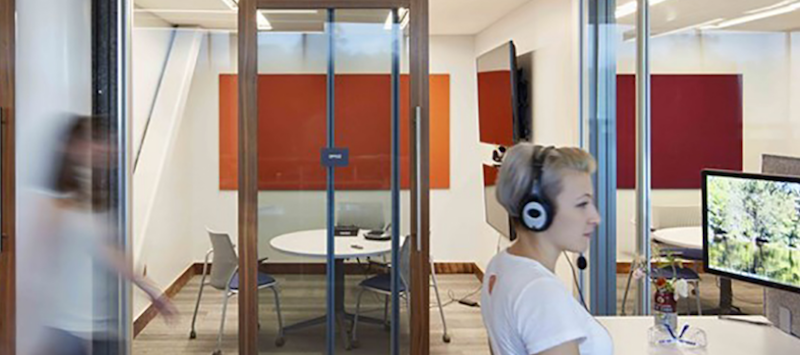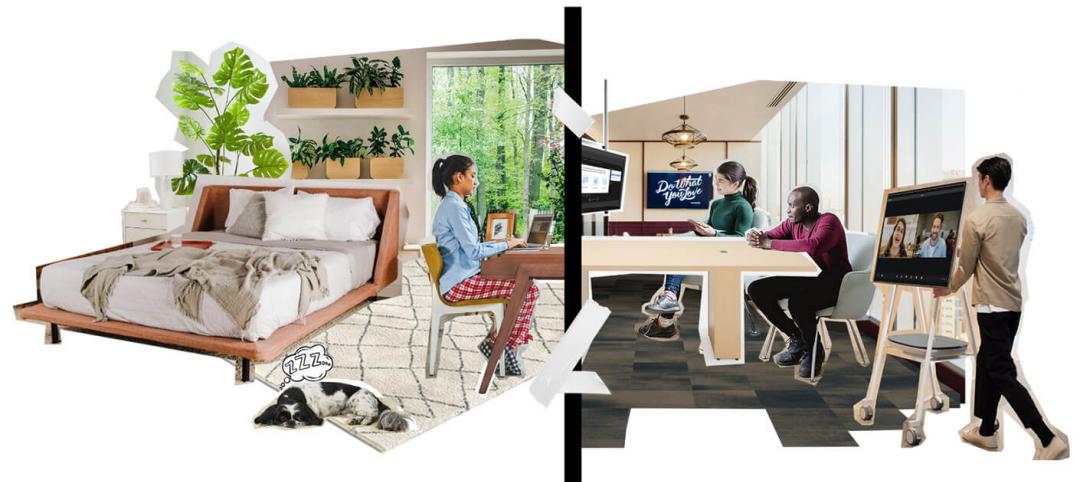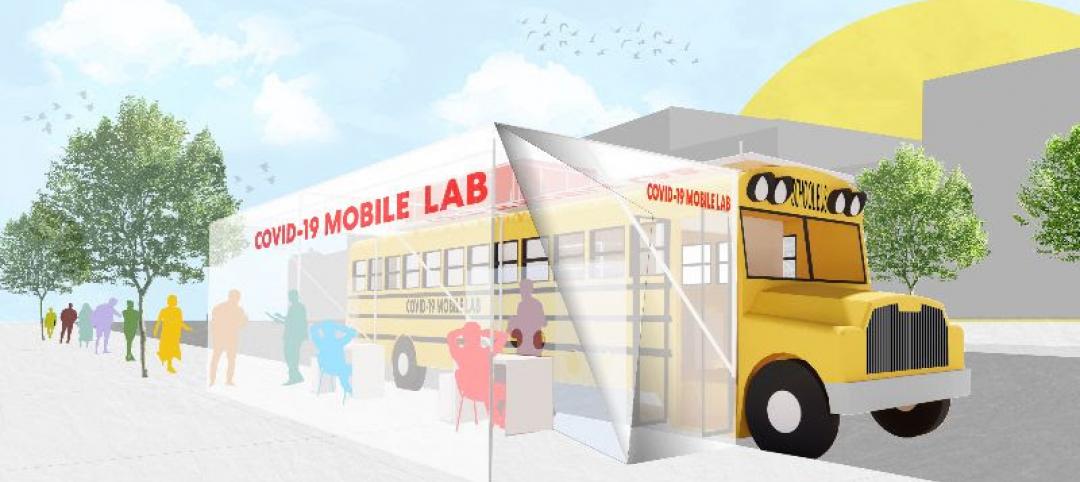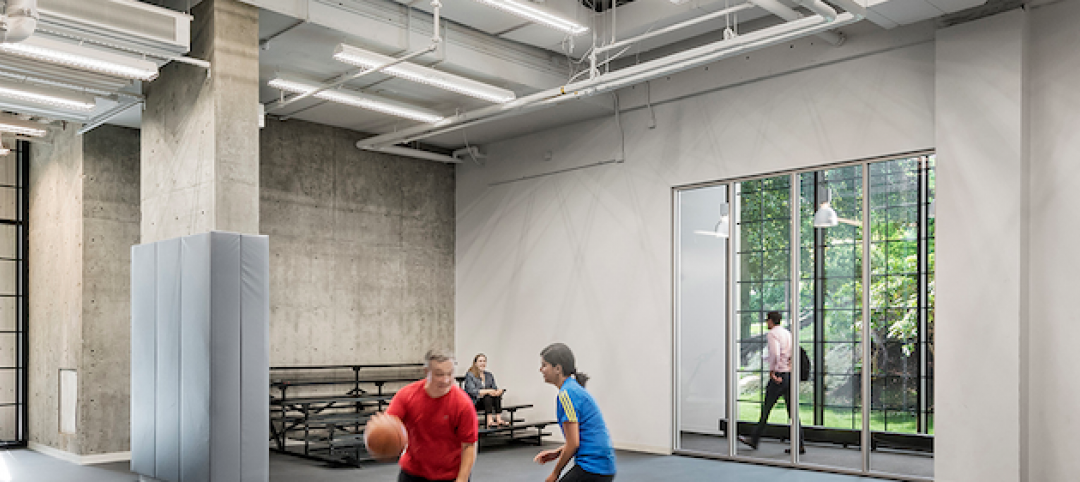You may want to stand up for this: Research shows that sedentary behavior causes or intensifies a wide range of health problems. Contrary to popular belief, physical inactivity and sedentary behavior are two distinct behaviors. A mounting body of evidence suggests total sedentary time is negatively associated with health risks like heart disease, diabetes, musculoskeletal pain, and abdominal obesity independent of “protective contributions of moderate-to-vigorous physical activity.” To put it bluntly, no matter how much you exercise, if you spend the majority of your day sitting, you may be prone to serious health risks.
Several studies have validated that office workers spend the majority of their workday sitting down, with estimates of daily sedentary time (including sleep) reaching 11 to 16 hours a day. Because sedentary behavior is so prevalent during work hours, health professionals have pinpointed the workplace as a prime location to reduce sitting. Organizational leaders have taken note, with many companies providing active workstations to encourage more standing and movement in the workplace.
In response to active workstations’ growing popularity, researchers have designed experiments to verify whether or not these interventions are successful in decreasing sedentary behavior in the workplace. These experiments also frequently evaluate health measures like caloric expenditure, blood pressure, and heart rate, among others. Unsurprisingly, the adoption of active workstations has been linked to decreased time spent sitting at work, and has also demonstrated effects on employees’ health and well-being.
However, evidence on how active workstations impact employees beyond sedentary behavior is still emerging. Many employers, while intrigued by the established health benefits of active workstations, wonder if these non-traditional interventions might prohibit workers from completing normal work tasks.
To help answer this question, I reviewed an emerging body of research that asks how active workstations affect an individual’s ability to effectively perform his/her everyday job responsibilities. Specifically, I explored the relationship between active workstations and employee effectiveness through three areas: cognitive function, productivity/performance, and psychological outcomes. Here’s what I learned.
Brains AND Brawn at Work
Active workstations increase physical activity in the workplace without compromising cognitive capabilities. Most studies observed a neural impact on cognition, meaning that active workstation use does not inhibit a person’s ability to think. Notably, significant cognitive improvements were also found. For example, a 2016 study reported that frequent periods of height-adjustable desk use throughout the day resulted in significant improvements in memory and attention.
When Using Active Workstations, Choose Your Activities Wisely
Overall, evidence suggests that active workstations have a neutral or positive impact on employee productivity and performance. In fact, one study found that 65 percent of participants reported increased productivity after both six and 12 months of using height-adjustable desks. However, several studies found that certain tasks are more appropriate than others, especially while walking on a treadmill desk.
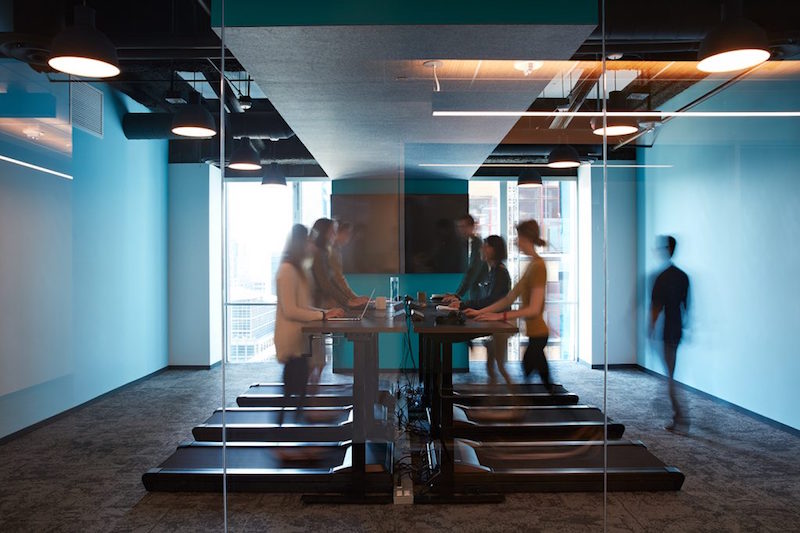 Treadmill conference tables introduce a new way to walk and talk at the office.
Treadmill conference tables introduce a new way to walk and talk at the office.
For example, a 2009 lab study on treadmill desk usage found significant differences in performance between reading comprehension tasks and computer and math skills tasks. Researchers found that for participants in the treadmill condition, “scores on tests of typing and mouse proficiency, and math solving ability” were lower by approximately 6 to 11 percent, respectively, compared to the sitting condition. There were no significant differences between the two conditions for reading comprehension or administrative tasks. So, taking a long phone call or reading a report might be a better choice than crunching numbers or writing an email while on a treadmill desk.
Active Workstations May Be a New Afternoon Pick-Me-Up
Both height-adjustable and treadmill desks have been associated with positive improvements in psychological outcomes, or how a person feels at work. Unstructured interviews with participants in one study suggested indications of psychological wellness: “[The sit-stand desk] has made my post-lunch energy slump disappear.”
Another study found similarly positive results for treadmill desks, suggesting that participants in the treadmill desk condition experienced “higher satisfaction and less boredom and stress” than those in the seated condition. Additional studies on the relationship between treadmill desks and psychological outcomes are needed to determine how active workstations impact how employees feel at .
Anecdotally speaking, our Chicago office is fully equipped with height-adjustable desks, and I like to use mine during the occasional afternoon slump. I also recently learned that your voice sounds more confident while you’re standing (versus sitting) so I like to use my height-adjustable desk during conference calls.
Still sitting?
Research suggests that active workstations reduce sedentary behavior in the workplace without inhibiting employee effectiveness. If task appropriateness is taken into account, current evidence suggests that active workstations have a neutral or positive impact on employee cognitive function, productivity/performance, and psychological outcomes.
More from Author
Perkins and Will | Sep 19, 2023
Transforming shopping malls into 21st century neighborhoods
As we reimagine the antiquated shopping mall, Marc Asnis, AICP, Associate, Perkins&Will, details four first steps to consider.
Perkins and Will | Jul 20, 2023
The co-worker as the new office amenity
Incentivizing, rather than mandating the return to the office, is the key to bringing back happy employees that want to work from the office. Spaces that are designed and curated for human-centric experiences will attract employees back into the workplace, and in turn, make office buildings thrive once again. Perkins&Will’s Wyatt Frantom offers a macro to micro view of the office market and the impact of employees on the future of work.
Perkins and Will | May 30, 2023
How design supports a more holistic approach to training
For today’s college athletes, training is no longer about cramming team practices and weight lifting sessions in between classes.
Perkins and Will | Dec 20, 2022
4 triage design innovations for shorter wait times
Perkins and Will shares a nurse's insights on triage design, and how to help emergency departments make the most of their resources.
Perkins and Will | Aug 30, 2021
The great re-shuffle & re-think
In this new hybrid environment in which we cater to how our employees work best, how will we manage new hybrid work practices and etiquette?
Perkins and Will | May 18, 2020
Global design firms collaborate on new COVID-19 mobile testing lab to bring testing to vulnerable communities worldwide
Perkins and Will, Schmidt Hammer Lassen Architects, and Arup Group develop scalable solutions for increased testing capacity within high-density and under-served neighborhoods.
Perkins and Will | Jun 7, 2019
Workplace wellness: Top 3 tips for Fitwel certification
How can thoughtful design encourage healthier choices, lifestyles, and work environments?
Perkins and Will | Feb 27, 2019
ResilientSEE: A framework to achieve resilience across scales
Conceived in the Boston studio of Perkins+Will, the ResilientSEE team developed a resilient planning framework that can be applied to other neighborhoods, cities, and countries.
Perkins and Will | Nov 28, 2018
Amazon HQ2 and the new geography of work
The big HQ2 takeaway is how geography and mobility are becoming major workplace drivers.
Perkins and Will | Sep 4, 2018
It takes more than money to fund resilience
Resilient design, much like all projects in the built environment, requires funding.

